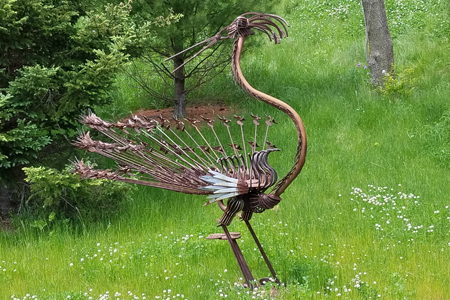Artists Included in the SPACES Archives Collection
Neil Averill
Calvin and Ruby Black
Bobby A.
Nek Chand
Francis Coonan
Fred and Margaret Crooks
Sanford Darling
John Ehn
Joan Sala Fàbrega
Jonn Fagot
Rosemary Ferris
Gary Fink
Ed Hardy
Davey Jones
Jose Fuster
Romano Gabriel
Jose Giralt
Francisco Gonzalez Gragera
Tommy the Greek
Irene Hall
Larry Harris
B. Hart
Himsl & Haas
Horst
Jesse Howard
Leonard Knight
Juanita Leonard
Leonardo Lynn
Remei Mulleras
Suzanne Palmer
Emelio Perez
Tressa Prisbrey
Josep Pujiula
Emile Ratier
Audrey Garcia Rawlings
George Ray
W. C. Rice
Gabrial Romano
Seymour Rosen
Ed “Big Daddy” Roth
Richards Ruben
Joan Sala
Robert E. Smith
F. Vans
Linda Warren
unknown artists (multiple)










